Alfred William Hunt (15 November 1830 – 3 May 1896) was born on November 15, 1830, in Liverpool to an English landscape painter Andrew Hunt. He began painting in his early school days in Liverpool Collegiate School.
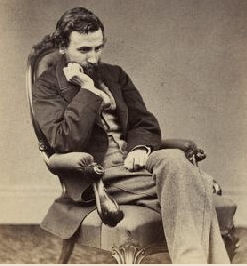
However, his father wanted him to study classics, therefore, suggesting him to get into Corpus Christi College, Oxford in 1848. He distinguished himself by winning the Newdigate Prize in 1851 for his poem “Nineveh”.He graduated in arts in 1852.
Table of Contents
Alfred William Hunt-Biography
He was offered a Fellowship of Corpus in 1853, which he renounced in 1861 on his marriage. The college in 1862 paid him an honorary fellowship as a gesture of complimenting his accomplishments.
Alfred was a keen painter since his childhood. Under the guidance of his father, he learned the art of painting.
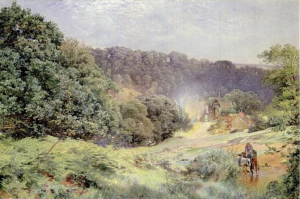
He perfected his art while working on it during his school and college vacations. He started water coloring by getting inspiration from his father’s friend David Cox.
He developed a love for landscape and worked his way from the serene atmos of Scotland to the picturesque beauty of the Rhine. He displayed his works at Liverpool Academy and Portland gallery at a very young age.
Early Life of Alfred William Hunt
He went on to become a member of the Old Water-Colour Society in London in 1864. After resigning from his fellowship in 1861 his actual artistic career began. He moved to London in 1865 after living in Durham for several years.
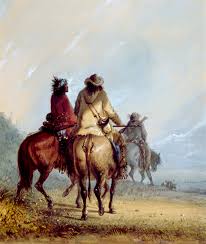
In later years, his favorite sites for painting were in Yorkshire, Northumberland and around Durham, and he also made sketching tours in Germany and Switzerland, Scotland and the Lake District.
Who was the Inspiration for Alfred Hunt?
Alfred was embarked on his artistic career being encouraged by one of the leading critic of the Victorian era John Ruskin who was also an art patron and watercolorist. During his initial years, he displayed oil paintings which did not receive much attention from the crowd.
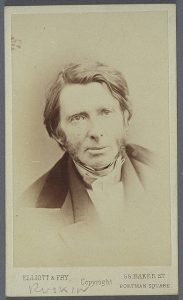
Later on, he moved on to the watercolors and worked his magic on the royal watercolor society. Hunt tried to work on the spot, as much as possible, thereby producing numerous sketches and color studies that he would then work up and finish the watercolored paintings in the studio.
Another great influence on Alfred was J. M. W. Turner, Alfred tried to emulate his watercolor style in some of his finished paintings. Some critics also went on to say that Hunt was, in fact, the legitimate successor of Turner and not his imitator.
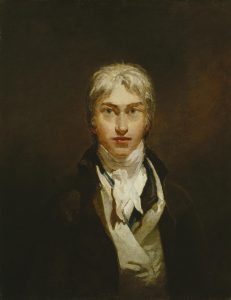
His watercolor style is founded on the meticulous hatching and scrubbing that characterizes Turner’s finished work. His watercolor is usually enriched with bodycolor and gum, varied with scraping and scratching-out and, especially later on, subjected to a thorough surface-rubbing that half-veils the scenery in the hazy light.
Alfred William Hunt’s Style of Painting
Intense color and luminosity, are the characteristic features of Hunt’s work. He allied his paintings with a meticulous technique and minute details which was sometimes criticized by Ruskin as being too labored,
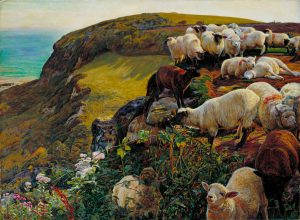
His work includes subtle tonality and brilliant effects of watercolors, which best depict his love of nature and feeling for the magnificence of the English landscape.
Exhibitions and Displays
A major retrospective exhibition of 137 paintings and watercolors by Hunt was mounted at the Fine Art Society in London in 1884, while in 1893 another exhibition of his work was held in Chicago.
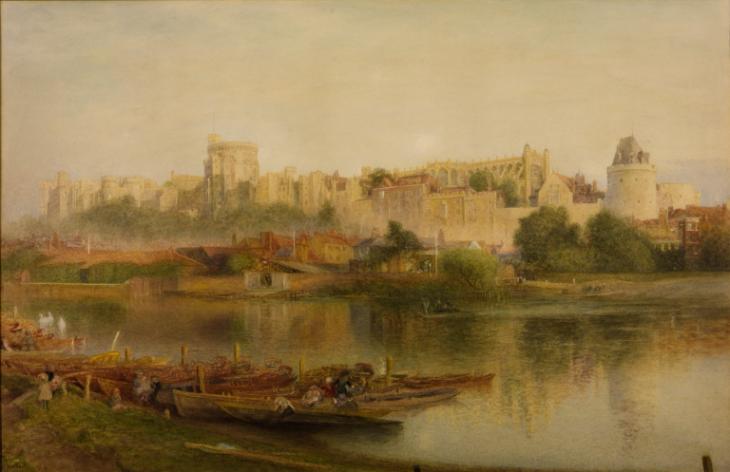
In 1897, the year after his death, three large memorial exhibitions of Hunt’s work were presented; at the Old Water-Colour Society and the Burlington Fine Arts Club in London, and at the Walker Art Gallery in Liverpool.
Among many of his great works the ones worth noting are Autumn Northwales, Windsor Castle(1889), Iron Works(1865), Ullswater(1863) etc.
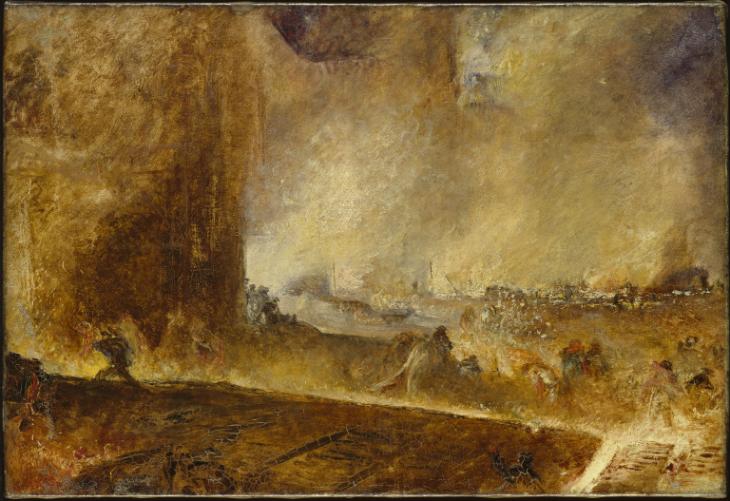
The artist breathed his last on May 3, 1896, in Kennington, London, He never became a member of the sheep herd as he believed that paintings should tell their stories and not merely display
The topography as was done by many others of that time, thus leaving behind him a legacy of water coloring for decades and centuries to come.
More Info On- Alfred Jacob Miller, William Huggins
